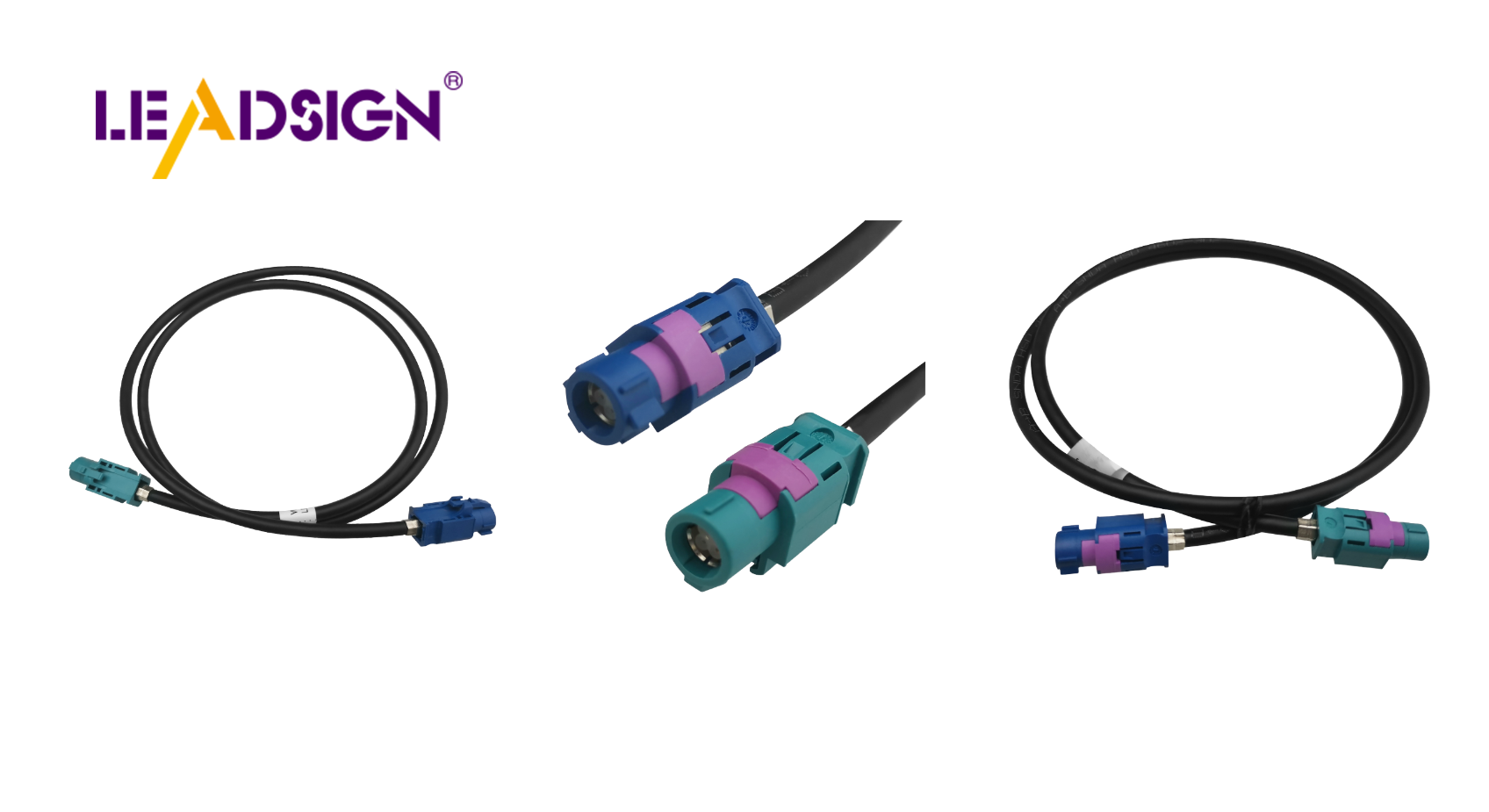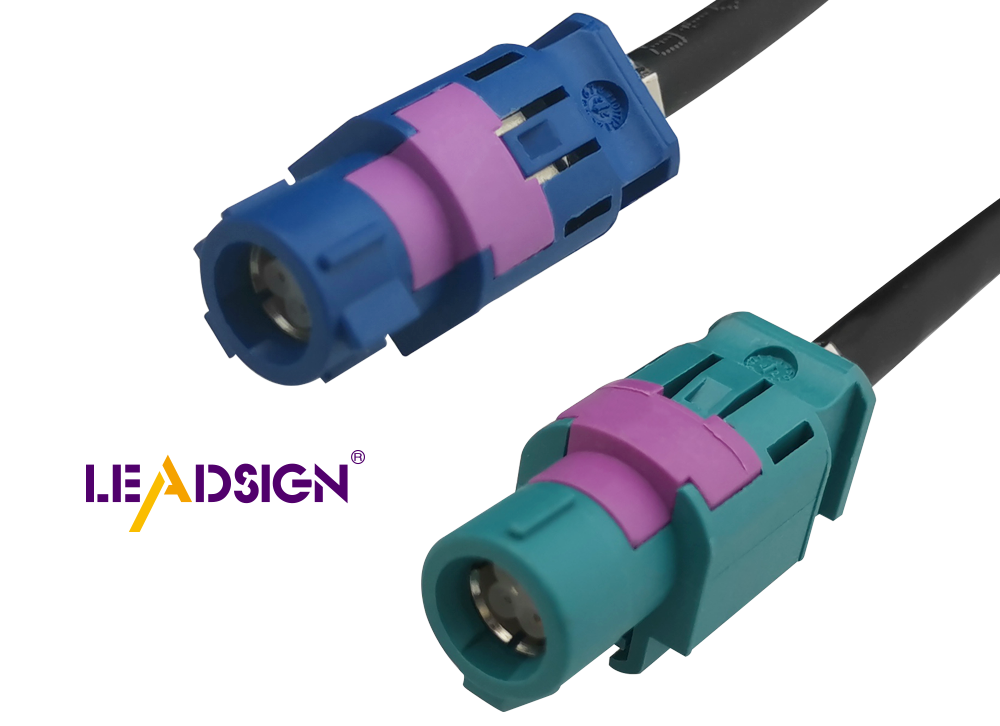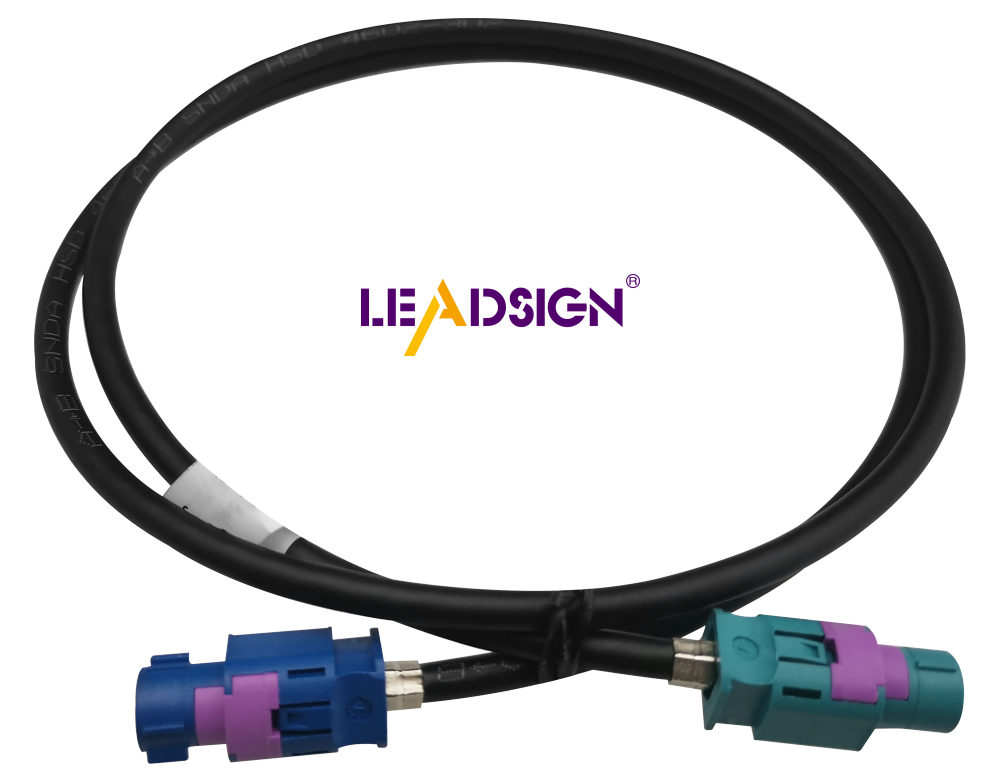How to Use Automotive Electrical Connectors Types in DIY Projects

When doing DIY projects, using the right automotive electrical connectors types is key. You may ask why these connectors are important. They ensure your connections work well and remain safe. There are many types of automotive electrical connectors, each designed for different tasks. Choosing the right one makes your project easier and more efficient. It also helps you avoid problems later on. Understanding these automotive electrical connectors types not only makes your project successful but also enhances your DIY skills.
Understanding Automotive Electrical Connectors Types

When starting DIY projects, knowing about automotive electrical connectors is important. These connectors make sure your connections are safe and work well. Let's look at some common types and how to pick the best one for your project.
Overview of Automotive Electrical Connectors Types
Blade Connectors
Blade connectors are flat metal pieces that slide into slots. They are used in cars because they fit well and are easy to use. They connect wires to things like fuses and relays.
Bullet Connectors
Bullet connectors are round and fit tightly into sockets. They give a strong connection but can be unplugged easily. Use them when you need to often plug in or unplug wires.
Butt Connectors
Butt connectors join two wires end-to-end. They are good for making wires longer or fixing broken ones. Put the wires in each end and crimp them tight.
Ring and Spade Terminals
Ring and spade terminals connect wires to screws or studs. The ring is a circle, while the spade has an open end, making it easy to attach or remove. These are often used for grounding.
Selecting the Appropriate Connector
Picking the right connector means thinking about a few things:
Material Considerations
The connector's material affects how well it works. Most are made from metals like copper, which conduct electricity well. Make sure it meets standards for reliability.
Size and Compatibility
Size is important when choosing connectors. Make sure it fits your wire size. Wrong sizes can cause bad connections or failures. Always check if it matches your project parts.
Environmental Factors
Think about where you'll use the connector. If it's wet or very hot, pick ones that can handle these conditions. Heat shrink connectors keep water out, making them last longer.
By learning about these connector types and picking the right one, your DIY projects will be safe and successful. The right connector makes work easier and helps electrical systems last longer.
Tools and Materials Needed
When you work with automotive electrical connectors types in DIY projects, having the right tools and materials is very important. They help make sure your connections are strong and last a long time. Here's what you need.
Important Tools for Connector Installation
To put in automotive electrical connectors types well, you need some key tools. These tools help make good and steady connections.
Crimping Tools
Crimping tools are needed for anyone doing DIY with automotive electrical connectors types. They let you attach connectors to wires safely. Speedwaymotors.com, an expert site, says crimped connections are often better than soldered ones. A top-notch crimper, like the PerTronix ratchet crimper, makes a strong connection.
Wire Strippers
Wire strippers are needed to get wires ready before adding automotive electrical connectors types. They help take off insulation without hurting wire strands. This step is key for a neat connection.
Multimeter
A multimeter is useful for checking your connections. It helps see if the automotive electrical connectors types work right. You can check voltage, current, and resistance to make sure all is fine.
Suggested Materials for Safe Connections
Besides tools, you'll need some materials to keep connections with automotive electrical connectors types safe and lasting.
Heat Shrink Tubing
Heat shrink tubing gives extra protection to your connections. It seals them from water and dirt. This matters when using automotive electrical connectors types outside or in wet places.
Electrical Tape
Electrical tape helps keep your connections secure too. It insulates and holds wires together. Wrap it around joints of automotive electrical connectors types for more safety.
Soldering Equipment
Though crimping is usually best, soldering gear can be handy sometimes. It lets you make a lasting bond between wires and automotive electrical connectors types. But remember, crimping is often better for cars.
With these tools and materials ready, you'll be set to do any DIY project with automotive electrical connectors types. They ensure your work is not only working but also safe and durable.
Step-by-Step Guide to Using Connectors

Using car electrical connectors can be fun. This guide will help you do your DIY projects well.
Getting Wires Ready
Before starting, get the wires ready. This is important for a good connection.
Taking Off Insulation
First, use wire strippers. Carefully take off the plastic cover from each wire end. Show just enough wire to fit in the connector. Don't leave too much bare wire. This keeps the connection clean and good.
Twisting Wire Strands
Then, twist the bare wire strands together. This keeps them neat and easy to put into the connector. Twisting makes a strong connection, stopping loose strands from causing problems later.
Connecting Wire to Connector
Now that wires are ready, connect them to the connector.
Putting Wire In
Put the prepared wire into the connector fully. It should fit snugly inside. A tight fit means good contact with the connector for a strong link.
Crimping Connector
With wire in place, use a crimping tool on it. Press hard to attach it firmly onto the wire. This makes a strong bond that lasts long. Many DIY fans say using a good crimp tool helps a lot.
Making Sure Connection is Safe and Works
After attaching, make sure everything is safe and works right.
Using Heat Shrink Tubing
Slide heat shrink tubing over it all. Use heat to tighten it around the connector for protection against water and dirt. It's very helpful outside or in wet places with car connectors.
Checking Connection
Lastly, test with a multimeter. Check if electricity flows well through it all. This shows your work is solid and connectors work fine.
By doing these steps, you can use car electrical connectors in DIY projects confidently. These connectors save things from being thrown away and let you be creative too! With right tools and ways, working with these connectors is fun!
Using the right connectors is very important in DIY projects. They keep things safe and make your work better. When trying new projects, remember good connectors save time and money.
Rob Wickersheim: David was awesome. He checked everything to ensure this special connector would work for me.
Feel free to start new projects and have fun. Here are some last tips for success:
Always check if your connectors fit well.
Use good tools and materials for strong connections.
Test your connections well to make sure they work right.
By following these tips, you'll have successful and fun DIY projects.
See Also
Essential Guide to HSD Connectors in Auto Sector
Significance of FAKRA Connectors in Auto Uses
Discovering Advantages of Fakra Auto Connectors

